Pillow naperniki
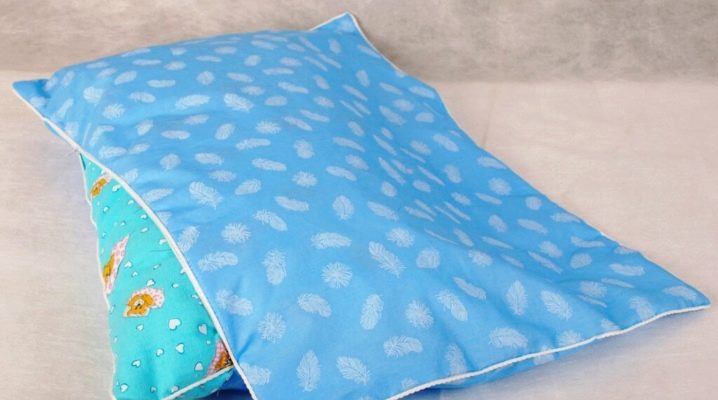
Quality bedding guarantees a healthy, sound sleep. The most versatile attribute is a pillow that provides support for the head, neck and spine. The basis of any pillow (regardless of the shape, size and filling) is a fabric cover, namely a napernik.
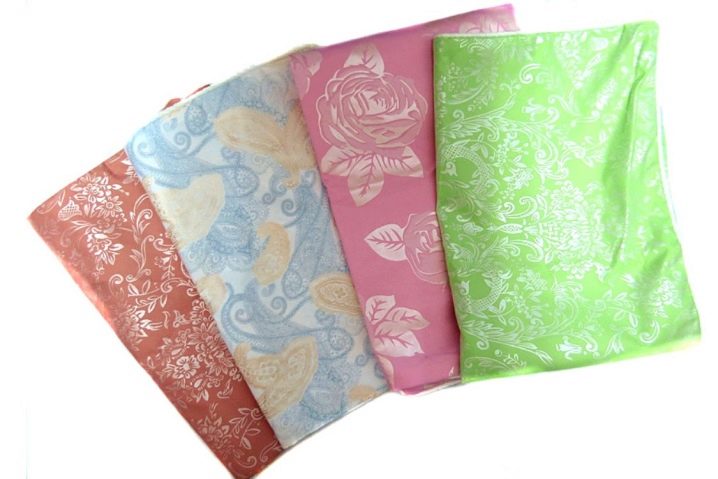
Peculiarities
Naperniki were invented a long time ago. The concept of "napernik" was formed from a derivative of the word "feather". The main function of the pillow case is to protect against knocking out the down and feather filler outside. The denser the fabric used as the cover, the less likely it is that your favorite pillow will turn into a thin and hard object that is not suitable for sleeping.
To prevent this from happening, the fabric chosen for the cover must not only be dense, but also contain a sufficient amount of natural fibers to ensure good air exchange.
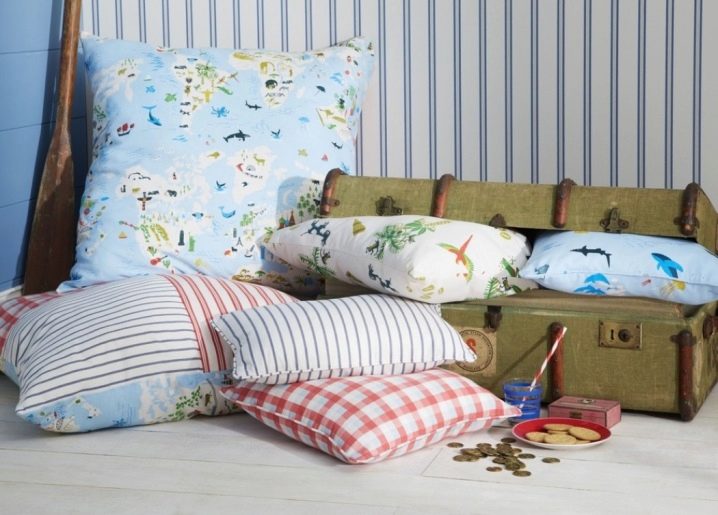
Types of fabrics
Teak is most often used as the fabric used for sewing bedcloths. The concept itself comes from the English word "tick", which characterizes dense cotton or linen fabric, characterized by high strength.
Teak material is the best option for sewing covers. Thanks to its qualities, it provides maximum protection against thinning of the pillows. Teak is made from natural fibers. The raw material is most often cotton, less often flax. Thanks to special technologies, natural fibers are intertwined using a plain or twill method.
In order for a teak to be used as a bed-case, it must have certain qualities. Fluffy teak has a density of 140-150 g / m². This density provides good protection, but at the same time allows the cover to remain soft.
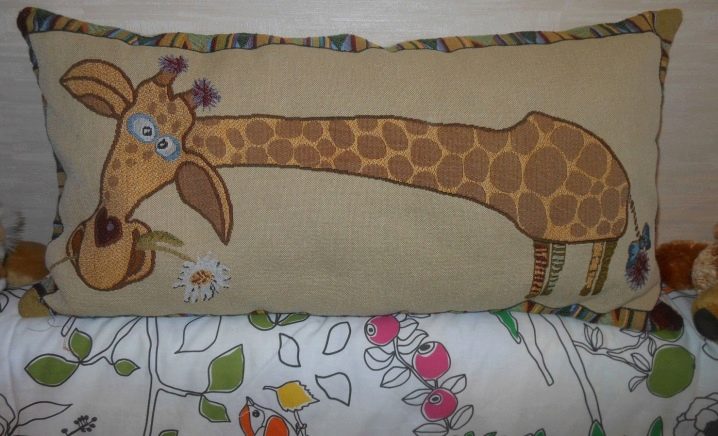
Some manufacturers add to the material to reduce the cost of teak fabric synthetic fibers... An excessive amount of them allows you to increase the density, but such material, as a rule, has a rough texture. When used, such a pillowcase emits rustling sounds.
To improve the quality of teak, a good manufacturer uses special technologies. To increase the density and reduce permeability, the fabric is treated with a special wax composition, but in everything it is good to observe the measure. If the fabric is too saturated with this composition, the same problems can arise as with a material with a synthetic filler. This is the stiffness and rustling of the naperl.
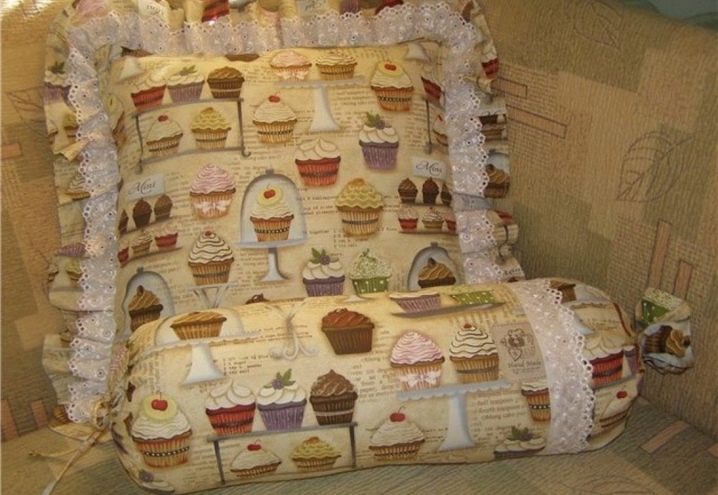
Other materials can be used as a pillowcase. They are the most suitable options for artificial fillers.
Very often used as a pillow cover calico, consisting of cotton fibers in plain weave. The main advantages of the fabric include the following indicators: hygroscopicity, air permeability, resistance to multiple washings. Coarse calico canvas is not electrified and is affordable.
Sometimes a mixed material is used as a pillow cover - this is polycotton... This material (in addition to cotton fibers) contains synthetic polyester threads. This wear-resistant, durable and easy-care material is a good alternative to calico.
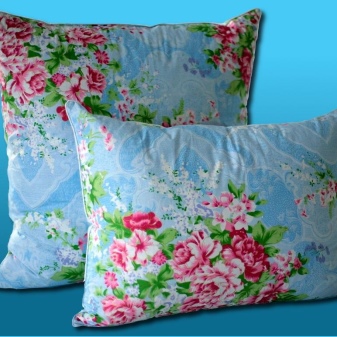
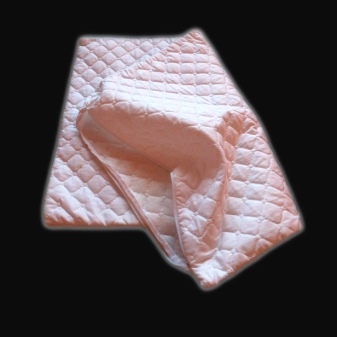
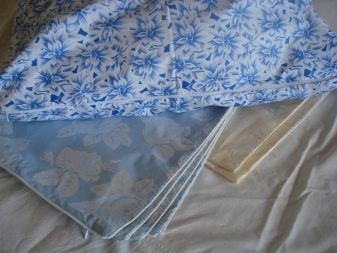
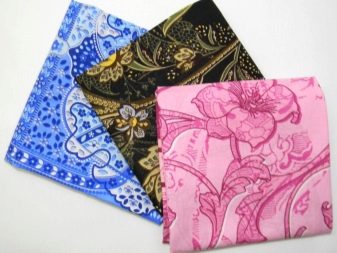
Sewing technology
In order for the pillow to serve as long as possible, it is necessary to pay attention not only to the quality of the material, but also to the sewing technology. Covers can be sewn in two ways: with and without piping. If the product is sewn without edging, then a special shock-absorbing seam with 5-6 stitches per 1 cm is used.
At the same time, the edges of the product undergo overlap, which prevents the cut from shedding, and also gives the cover an aesthetic appearance from the wrong side. This method is reliable and very often used for sewing bedcloths.
When using piping, there is no need for a double seam. The edging is an additional barrier that does not allow the down and feather filler to pass through the seam. The edging itself is made of dense material. It is sewn between two product cuts - along the entire perimeter.
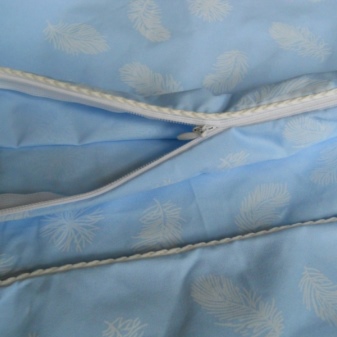
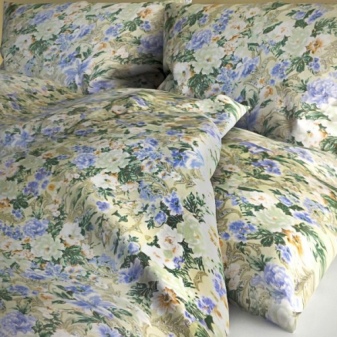
How to restore with your own hands?
To put in order a pillow stuffed with down and feather filler, you need to prepare for some of the difficulties that arise during this process.
You need to do everything carefully and without undue fuss., then even such an event will not bring any particular problems.
First, you need to open the outer seam of the product and carefully take out the down-feather filler, which must be soaked in warm water (with previously dissolved washing powder). As a rule, two hours are enough for soaking. After that, the filler is placed in a bowl of clean water and rinsed thoroughly. Then it is washed and rinsed again.
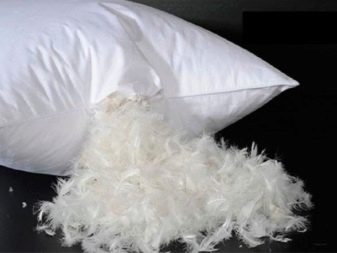
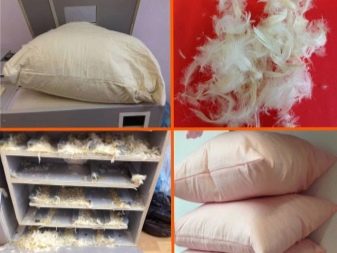
For wringing, the filler is placed in a special pillowcase and sent to the washing machine, turning on the program with minimum revolutions. You can do without a machine spinning, but then the filler will dry a little longer.
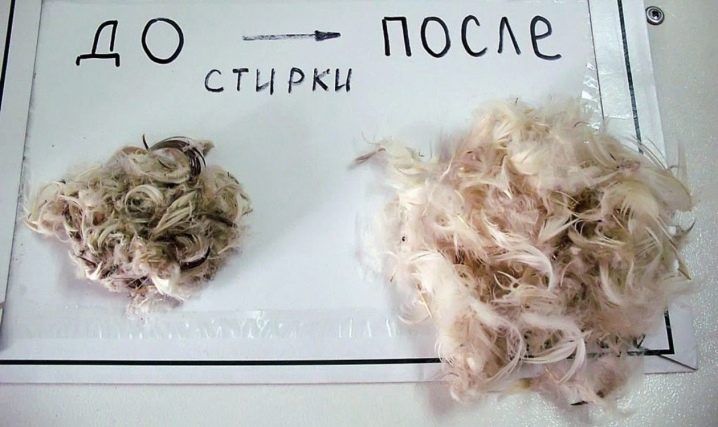
Drying should be carried out in a room with a fairly good air exchange, but protected from excessive moisture (closed balcony, loggia). After spinning, you need to gently break the lumps of fluff. This should be done regularly - during the entire drying process (to prevent decay). After complete drying, clean down and feather filler is placed in a new pillowcase.
For information on how to wash the down and feather filler in the washing machine, see the following video.













The comment was sent successfully.